Running in the fall: 5 tips for road and trail safety
Our tips for running in the fall help you stay safe and keep performing at your best whether you’re hitting the road or the trail
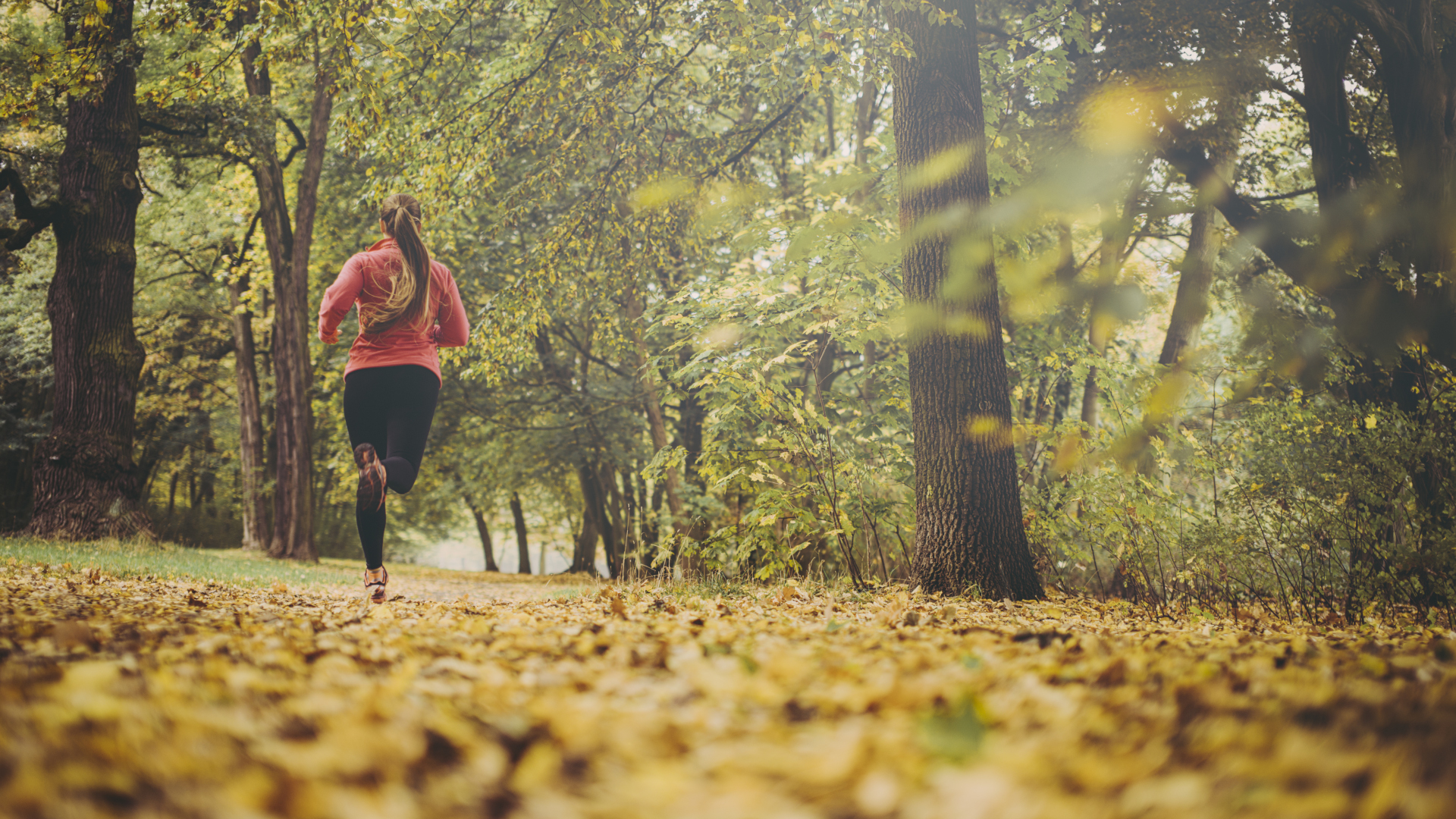
The departure of summer’s heat might be sad for outdoor enthusiasts who like spending time on the water, but for runners it can be a reason to celebrate. Now you can pull on your best trail running shoes and run in comfortable temperatures without plotting out your routes according to how much shade there is available.
Even better, your favorite trails will turn into beautiful golden tunnels of fluttering leaves. However, there are a few changes you’ll want to make to your clothing, gear and routine to help you stay safe and keep performing at your best whether you’re hitting the road or the trail.
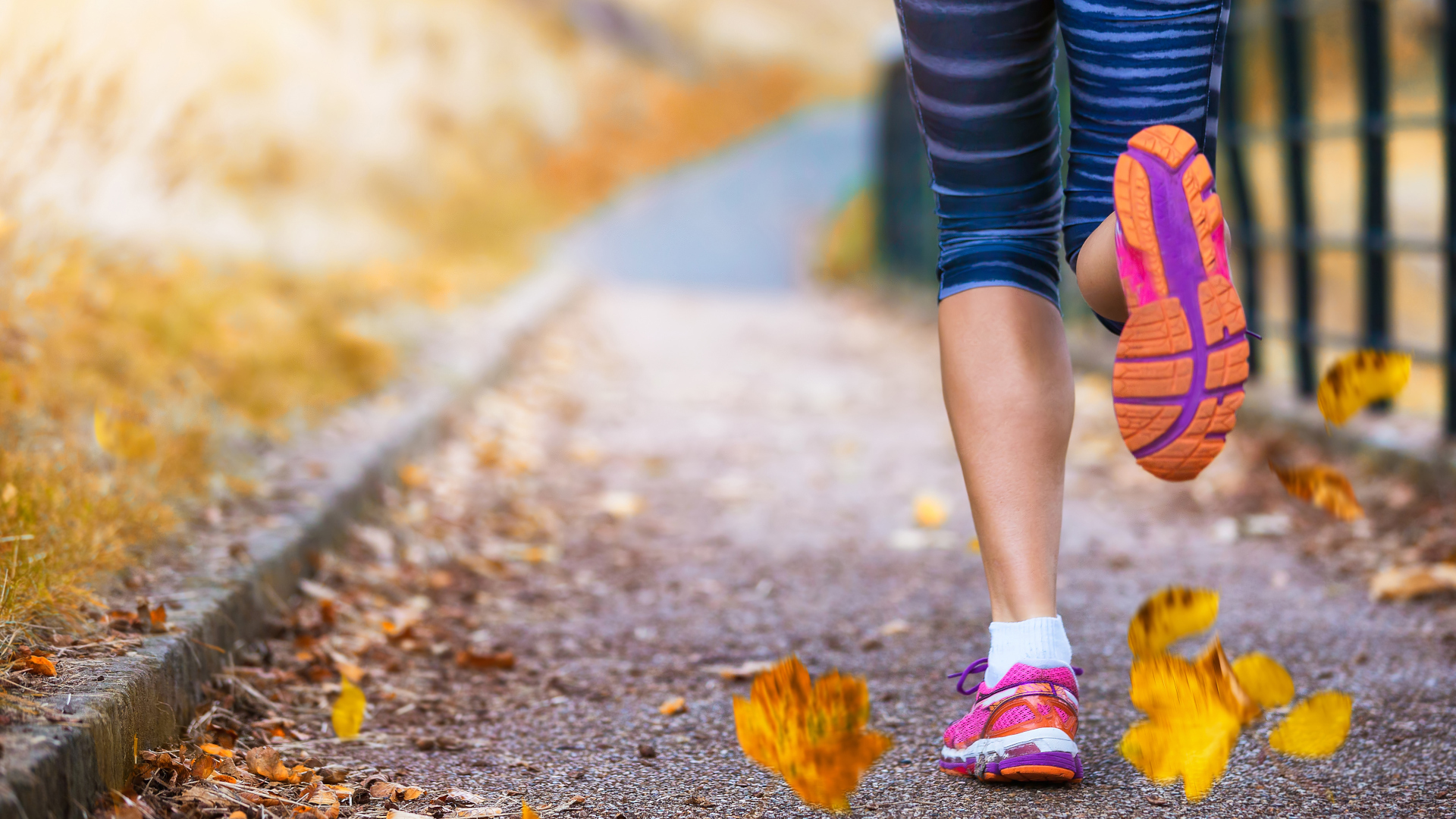
1. Layer up
Chances are, you’ve been able to get away with the minimum amount of clothing for the past few months – usually a short-sleeved or sleeveless running top and running shorts will do the trick in the summer. Even though it’s getting cooler now, you don’t exactly want to bundle up, since one you start sweating you’ll get even colder. The best approach is to wear several light, moisture-wicking layers which can be added or removed, rather than one thicker layer.
You might switch to a long-sleeved running top and wear a lightweight running jacket over it to keep the wind and rain off. Remember that you might feel really chilly for the first five minutes, but you’re going to warm up quickly so don’t over do things either. This might be a good time of year to pull out a running headband that covers your ears and pack some gloves too.
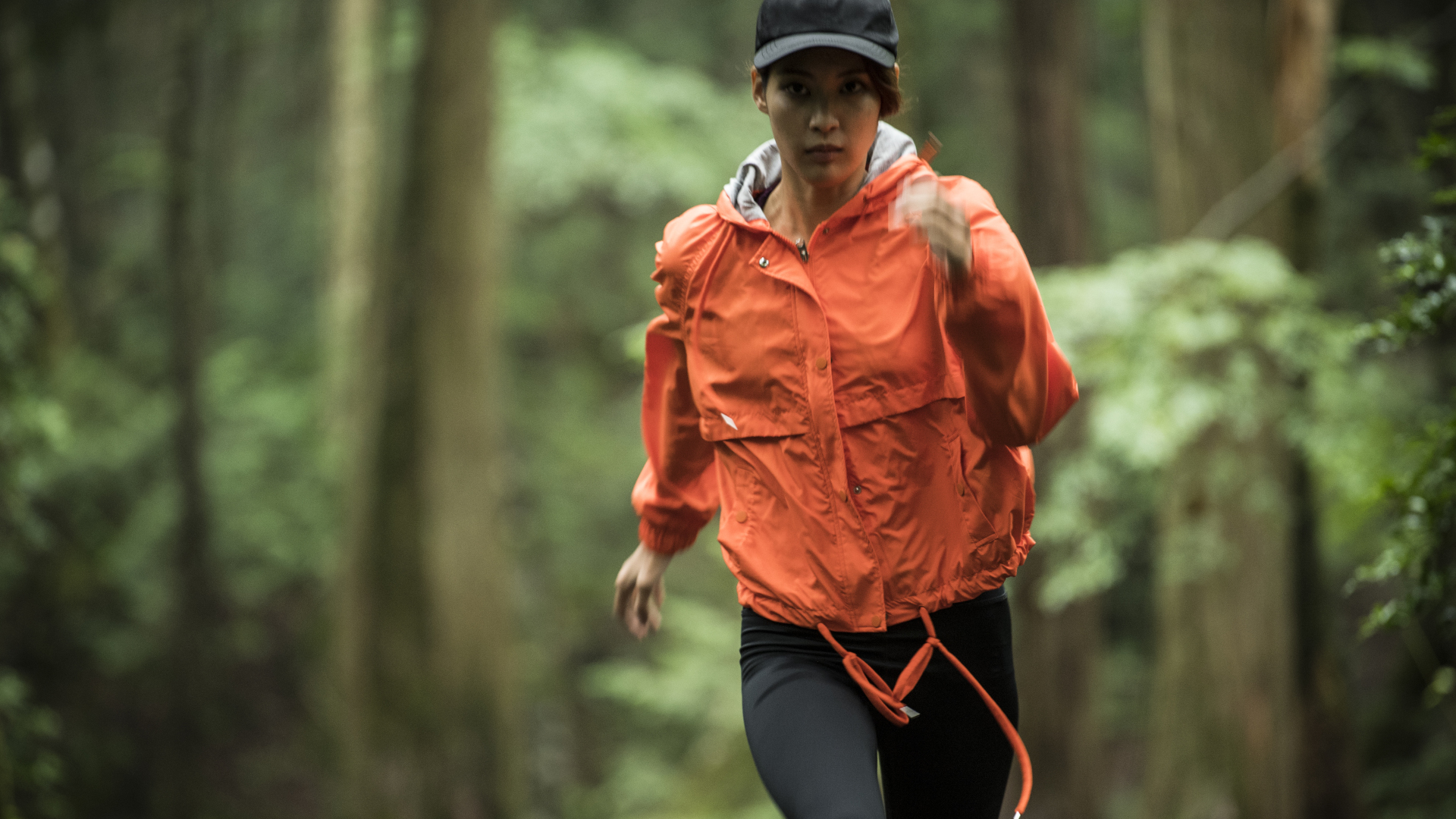
2. Make yourself visible to cars and hunters
Road runners should always head out in clothing with reflective details, but this gets more important as the days shrink and you suddenly find that your usual morning run is dimmer than usual. Meanwhile, for trail running in areas where hunters may be active, be sure to wear bright orange and bright colors generally so as not to be mistaken for a deer.
3. Choose the right route
Whether you’re on the road or trail, you’ll want to take care when running on wet leaves as they can be quite treacherous. If it’s been raining, avoid tree-lined routes once the leaves start falling, or slow down and take care. Wear shoes with good lugs to help with grip.
On the trails, take care running through deep, dry leaves – fun though it may be – as they might be obscuring tree roots and other obstacles. In higher elevations, remember that rain down low can be snow up high, so pick valley floor trails or south facing routes that get more sun. You might even want to pack some traction devices like Yaktrax or Microspikes in case you encounter icy conditions as the season progresses.
All the latest inspiration, tips and guides to help you plan your next Advnture!
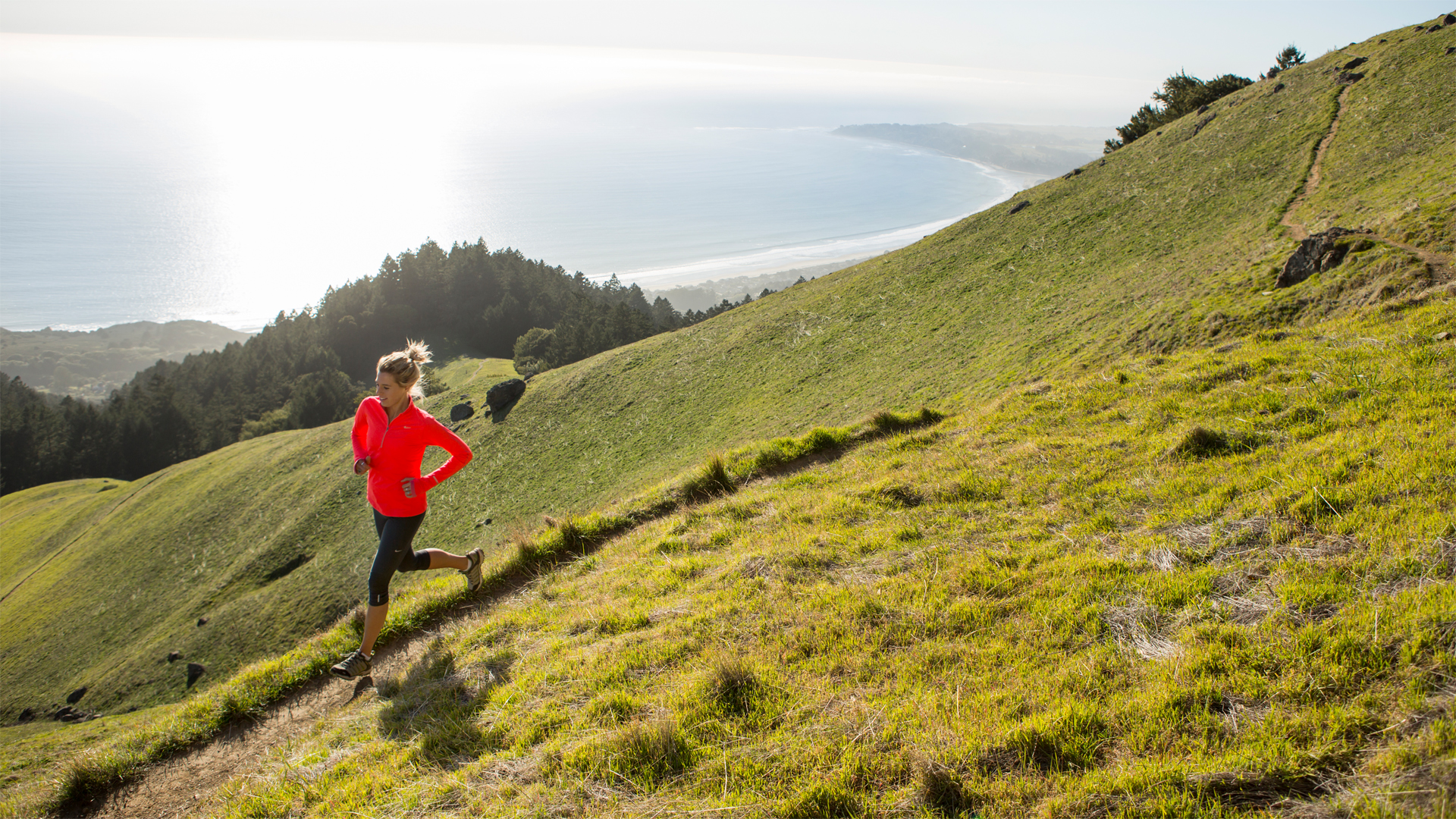
4. Grab your hydration pack
Though you’ll be used to carrying and drinking a lot of water for hot summer runs, it’s easy to get a bit lax around this when the weather cools off and you aren’t sweating quite so much, but of course hydration for runners is still essential in any weather and for runs longer than an hour you should carry water. At this time of year, since you will most likely be carrying extra layers that come on and off, the best solution is to wear a hydration pack which you can also use to carry gear.
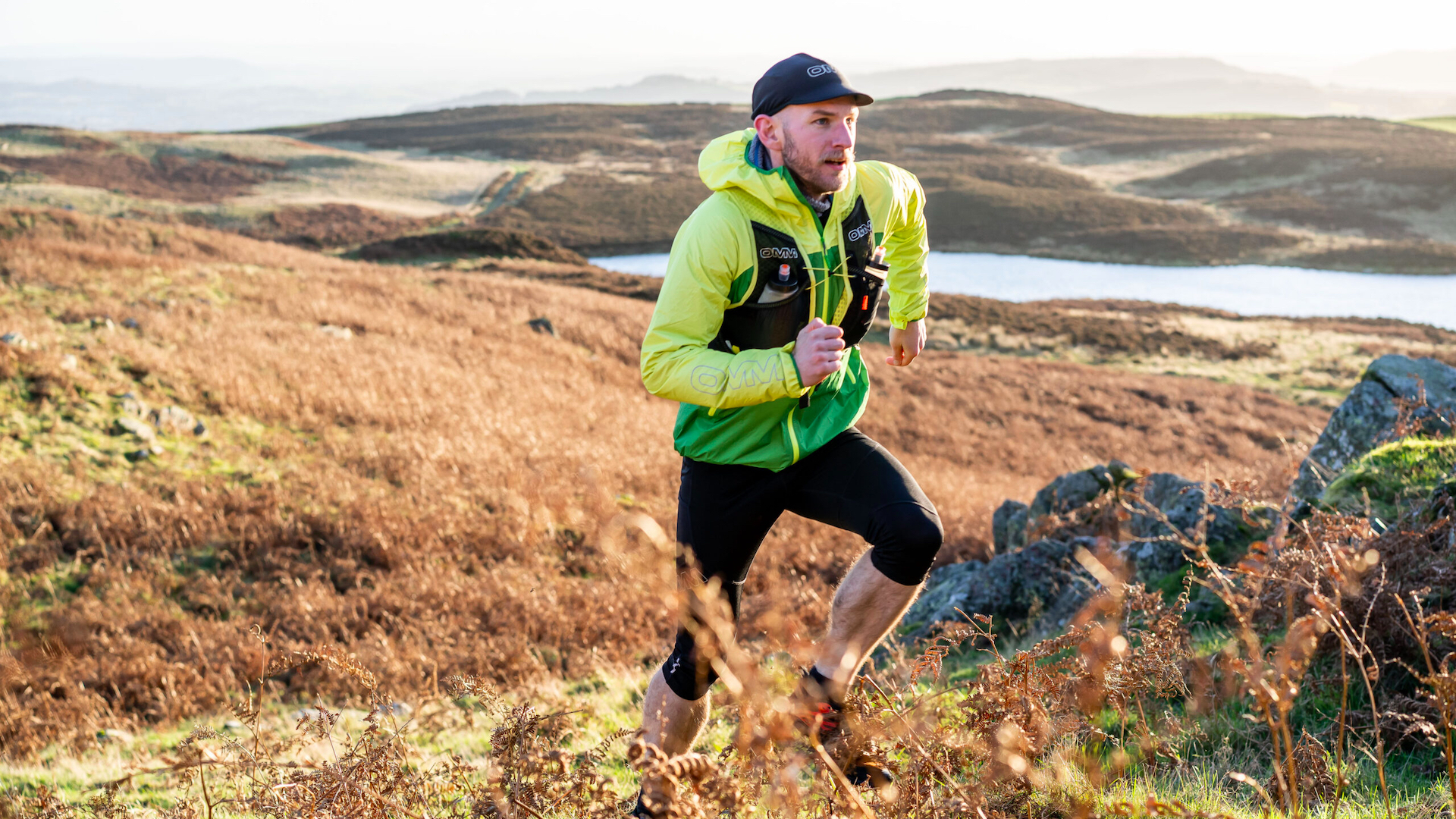
5. Don’t forget your headlamp
Finally, with the sun rising later and setting earlier, you don’t want to get caught out on the trails without a running headlamp (this can also make you more visible for road running, too). If you haven’t used yours since last year, charge it or change the batteries before you set off. If your schedule allows, try to run a little later in the morning or earlier in the evening to avoid getting caught out.
- Best trail running shoes: footwear for speed on tough terrain
Julia Clarke is a staff writer for Advnture.com and the author of the book Restorative Yoga for Beginners. She loves to explore mountains on foot, bike, skis and belay and then recover on the the yoga mat. Julia graduated with a degree in journalism in 2004 and spent eight years working as a radio presenter in Kansas City, Vermont, Boston and New York City before discovering the joys of the Rocky Mountains. She then detoured west to Colorado and enjoyed 11 years teaching yoga in Vail before returning to her hometown of Glasgow, Scotland in 2020 to focus on family and writing.

